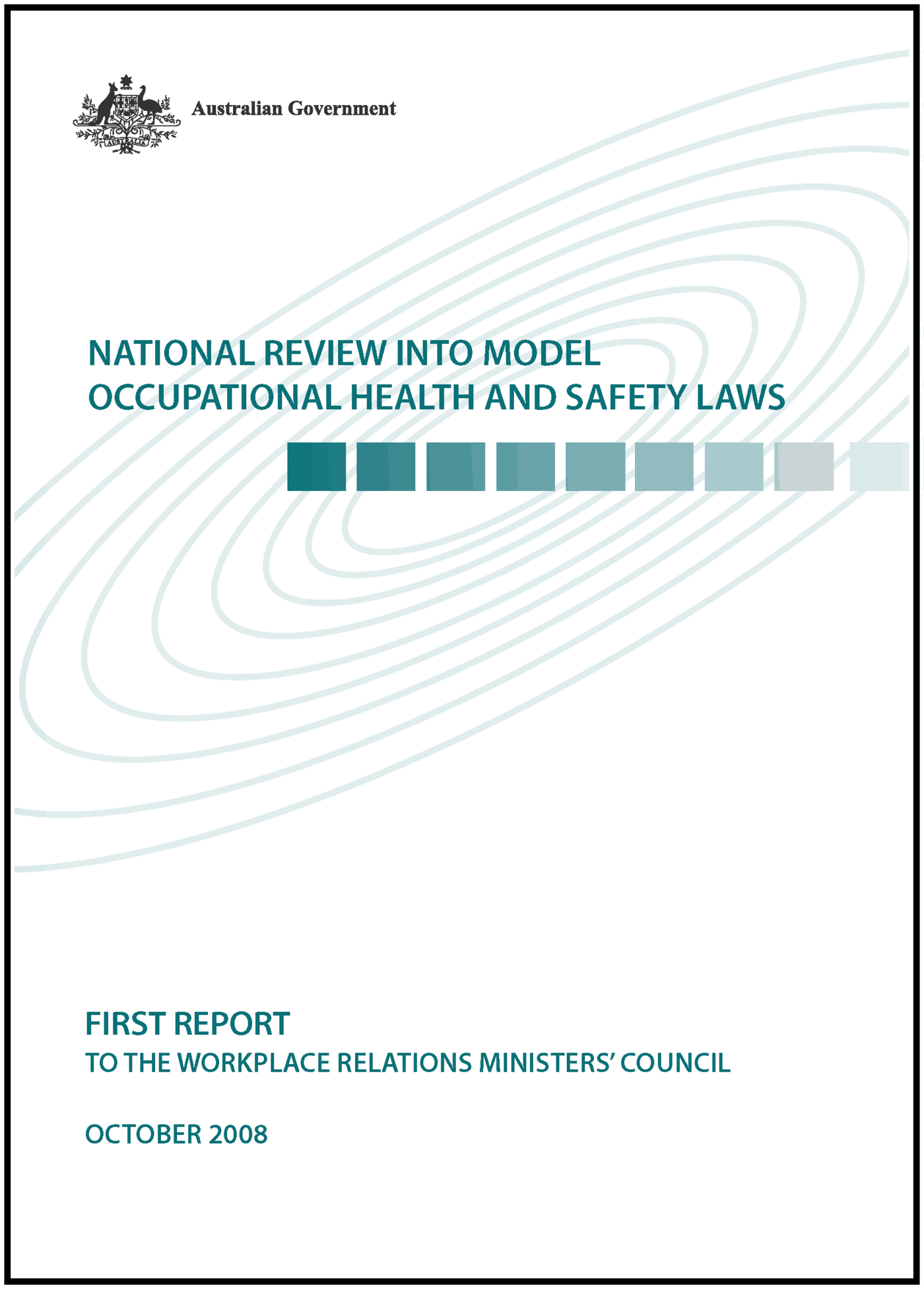Mallesons is the next Australian OHS law firm to issue a statement on the first report by the National OHS Law Review panel. The report is not much more than a summary, as commentary is kept to a minimum.
What is interesting is that they mention the alternate sentencing options of
- adverse publicity orders
- remedial orders
- corporate probation
- community service orders
- injunctions
- training orders, and
- compensation orders.
As with the monetary and custodial sentences, if these become included in the law it does not mean that the will be applied very frequently, if at all.
Adverse publicity orders seem peculiar and outdated as they usually apply solely to the print media. With the growth of the internet and with most companies having websites of some sort, it would be useful to vary such orders to include longevity and reach, rather than a single ad in a newspaper that does not remain in the public mind for long.
Now there is an opening for a safety-monitoring weblog.




